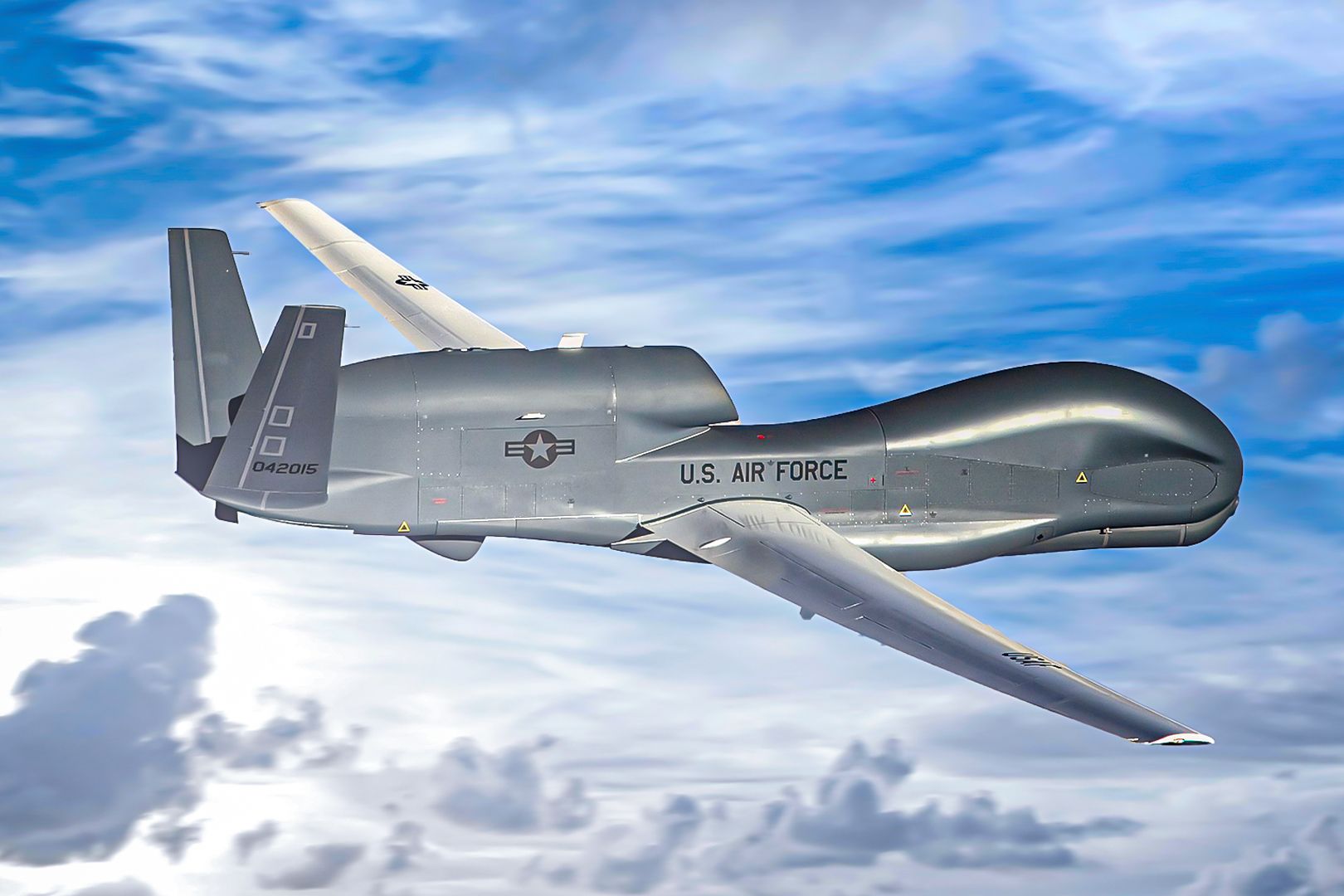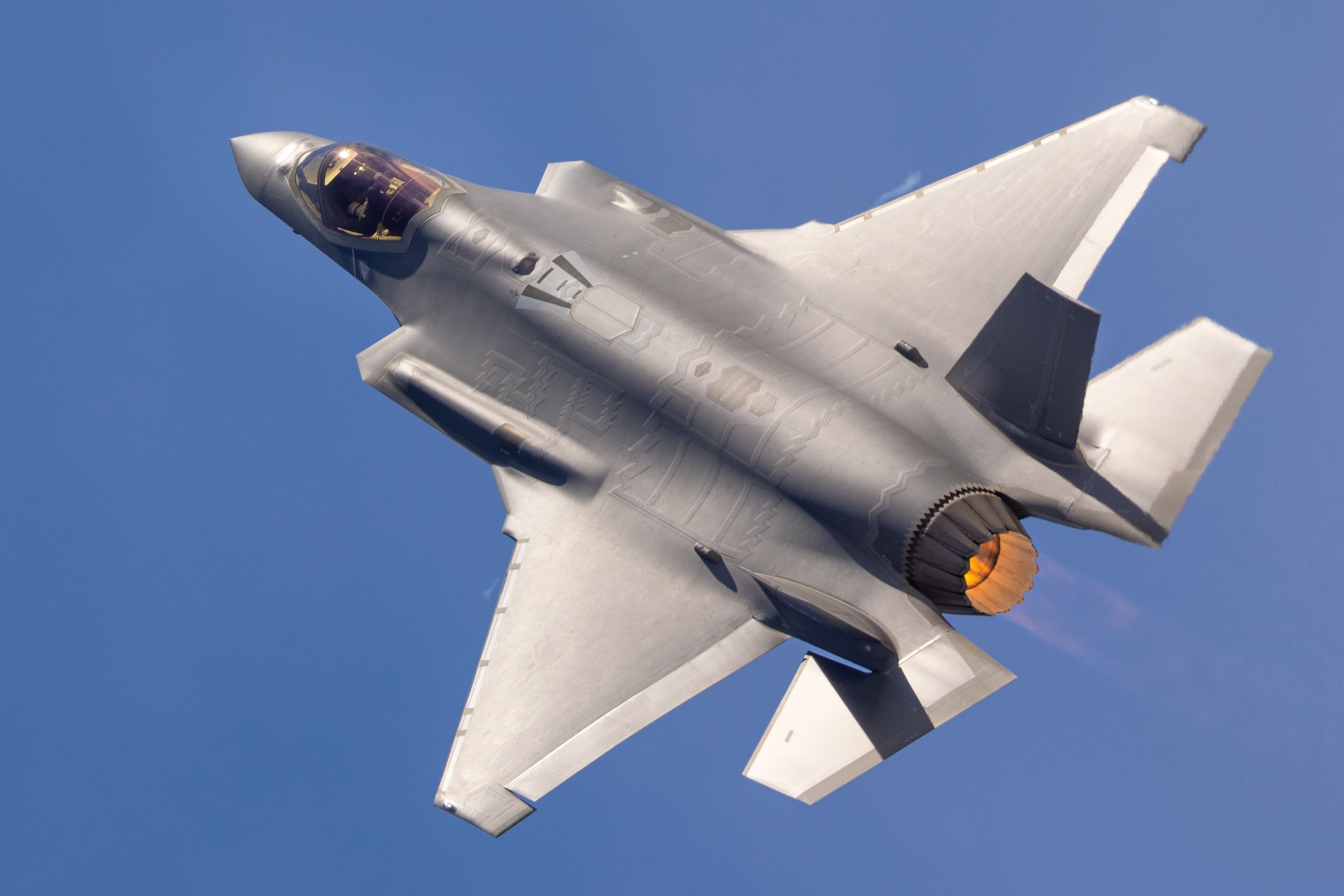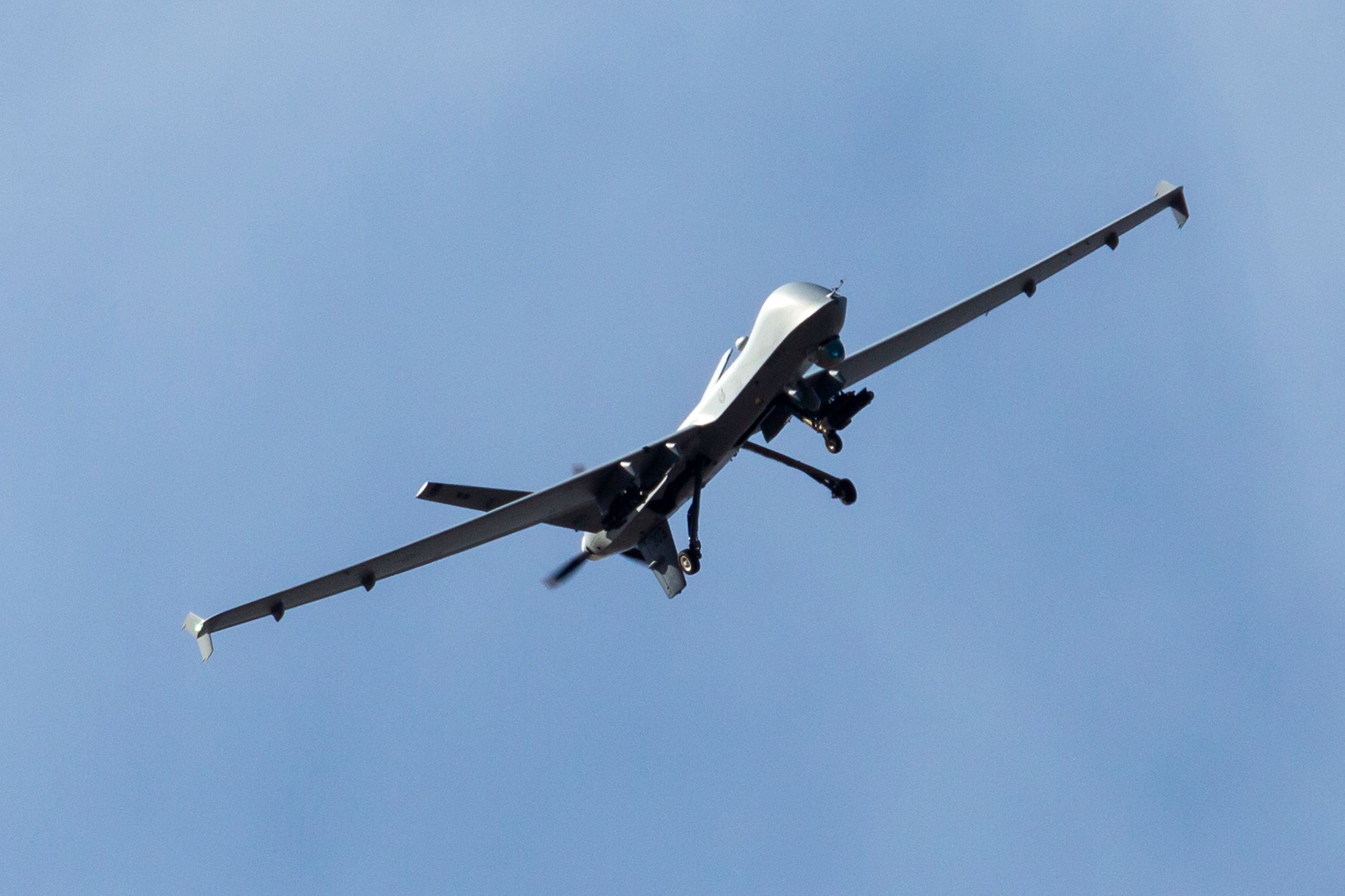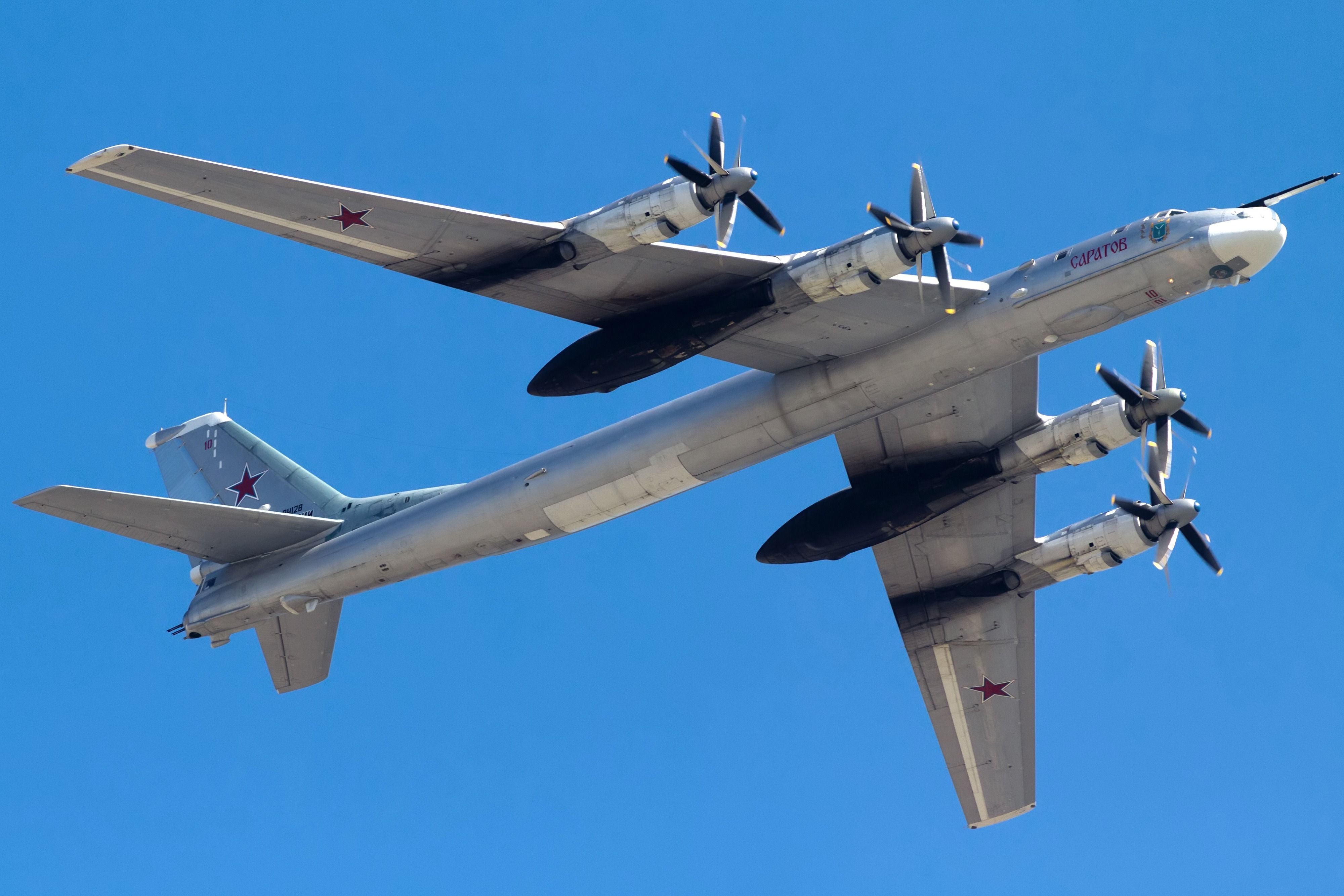Summary
- US DoD Arctic Strategy 2024 focuses on enhancing regional capabilities and strengthening cooperation with allies.
- Strategy includes focus on space-based communications, unmanned aerial systems, and ISR capabilities.
- Russia and China’s increasing regional collaboration poses challenges.
The US Department of Defense (DoD) has published its Arctic Strategy 2024, stressing the need to enhance its capabilities and strengthen cooperation with its allies. This will include developing its space-based communications capabilities and a focus on unmanned aerial systems.
US Arctic Strategy 2024
The strategy advances a “monitor-and-respond” approach to the region amid the growing joint threat of Russian and Chinese activities. The approach has been grouped into three main areas:
- Enhancing “domain awareness, communications, and intelligence, surveillance, and reconnaissance (ISR) capabilities.”
- Building cooperation and interoperability with allies.
- Exercising a “calibrated presence” through regular training and operations.
Deputy Secretary of Defense Kathleen Hicks said,
“The Arctic region of the United States is critical to the defense of our homeland, the protection of U.S. national sovereignty, and the preservation of our defense treaty commitments.”
Photo: ranchorunner | Shutterstock
Deputy Assistant Secretary for Arctic & Global Resilience, Iris Ferguson, noted that the strategy is “very action-oriented” amid a fast-changing landscape. Not only is the Arctic changing environmentally, but China – which has declared itself a “near-polar” country – is seeking to stamp its presence on the region, while Russia remains “an acute threat” even while it is occupied with the situation in Ukraine.
More unmanned and space capabilities
As for its air capabilities, it is estimated that the US and its allies could have over 250 multirole combat aircraft available for regional operations by the 2030s. In order to support their operations and the large amount of data transmission capacity needed, it will need to strengthen its communications capacity, such as developing more capable satellite constellations.
Photo: BlueBarronPhoto | Shutterstock
To enhance its ISR capabilities, the DoD will focus on manned and unmanned aerial systems, as well as a better understanding of future unmanned platforms. Given the harsh Arctic environment, Hicks advocated “survivable” systems, or at least platforms that are inexpensive enough to lose at an acceptable rate of attrition. Ferguson added,
“Where we can lean into remote platforms, it can make a lot of sense. However, it’s really tricky to operate remote platforms due to weather and due to connectivity issues.”
Other initiatives include continuing research for new “space-based missile warning” systems. The region poses a unique challenge to satellite capabilities due to its location beyond 65 degrees north latitude, which increases electromagnetic interference.

Related
What To Know Of The US Military’s 5 Drone Categories
The US military categorizes UAS (aka drones) into five different groups based on size and capabilities.
Growing Russian-Chinese cooperation
The report states that Russia and China are steadily increasing their regional collaboration, which has included joint military exercises and resource extraction. While China is not an Arctic nation, Russia holds the most Arctic territory of any country and “the most developed regional presence.”
Photo: BorisVetshev | Shutterstock
To project its regional power, Russia’s military forces have engaged in various disruption activities to US interests in the region, including GPS jamming and aggressive aircraft maneuvering. Russia has good cause to bolster its Arctic presence given Finland and Sweden’s acceptance into NATO within the past 18 months, more than doubling NATO’s border length with Russia. In fact, Russia now remains the only non-NATO Arctic country, with seven of eight Arctic nations – Canada, Denmark, Finland, Iceland, Norway, Sweden, and the US – part of the military alliance.



